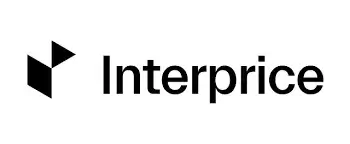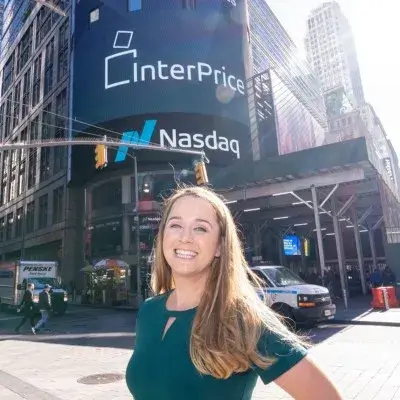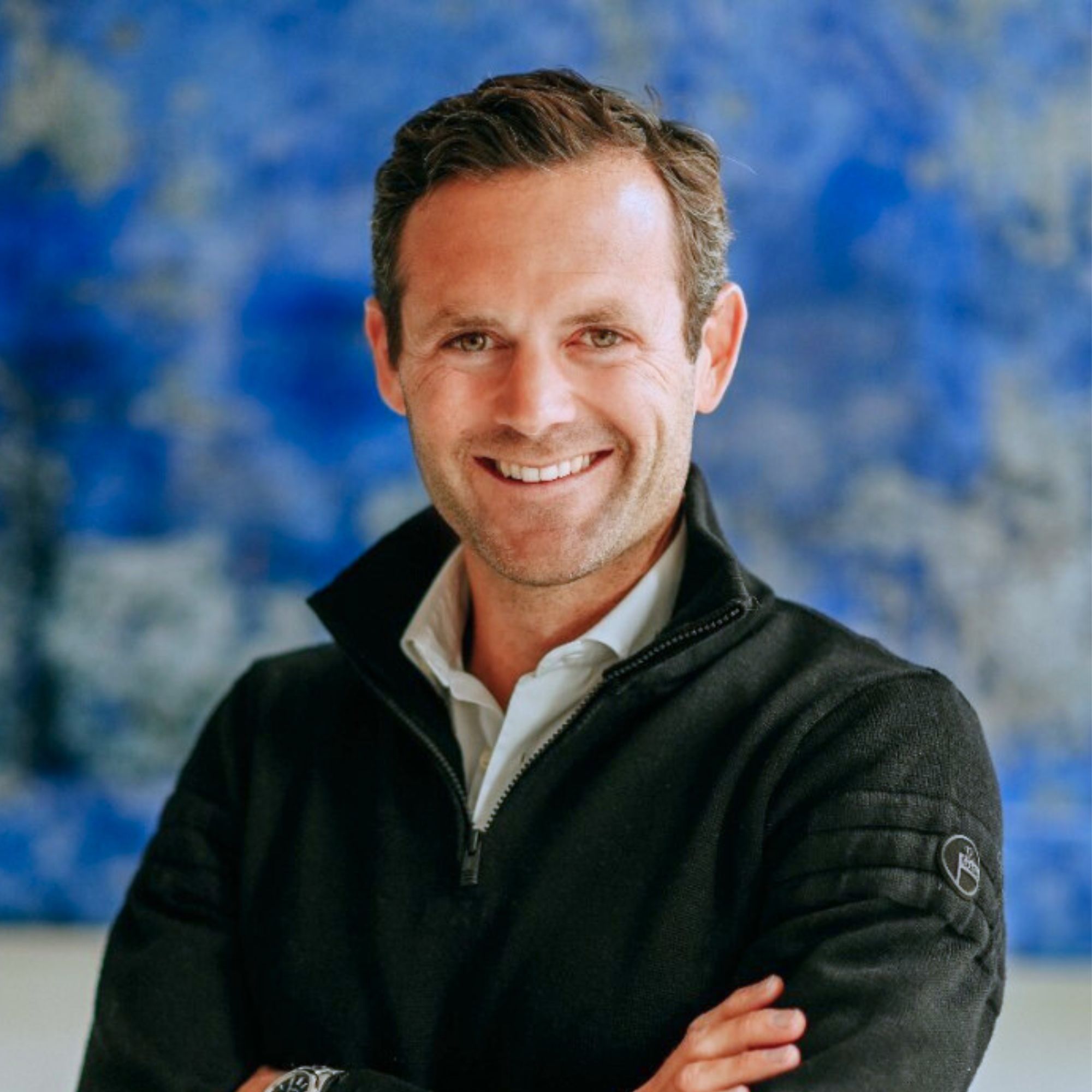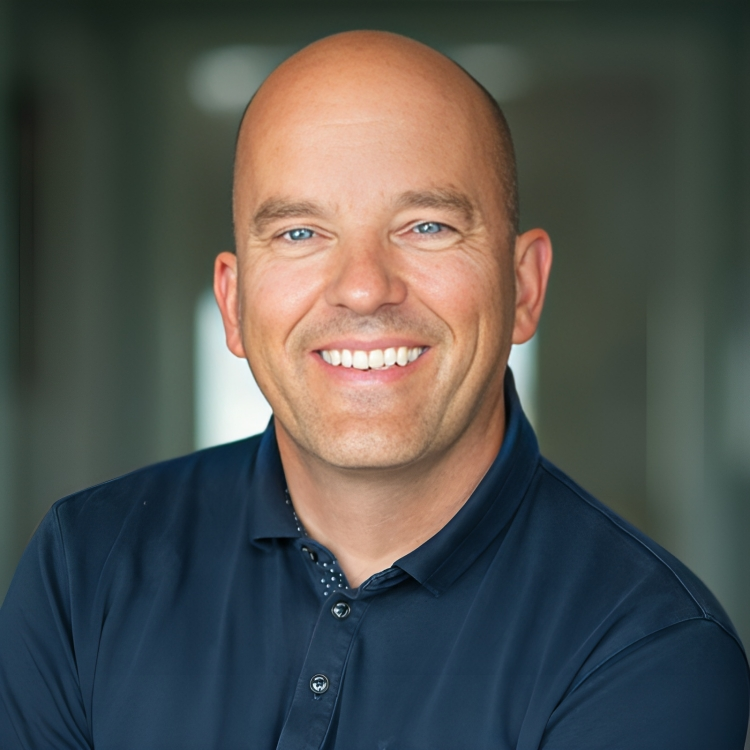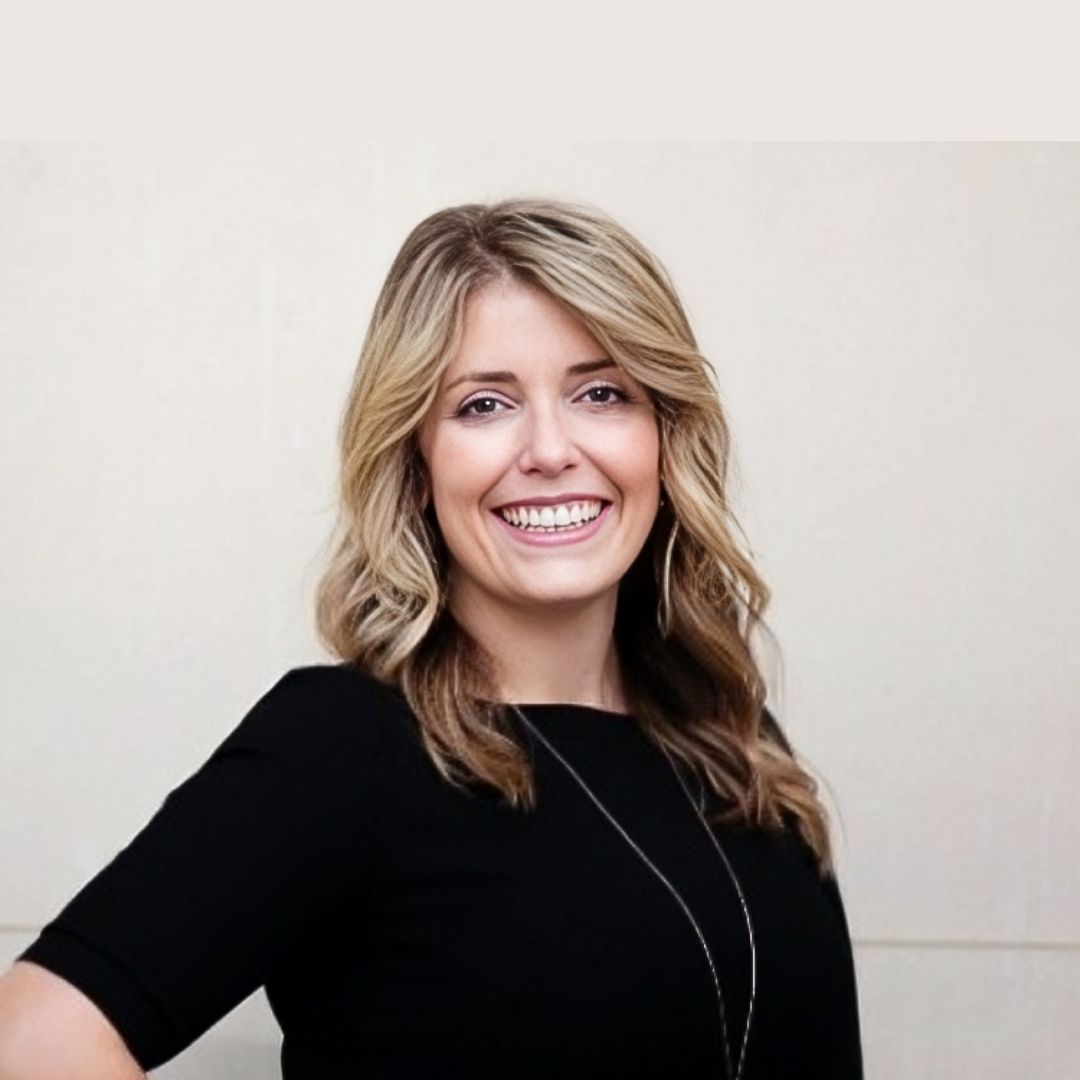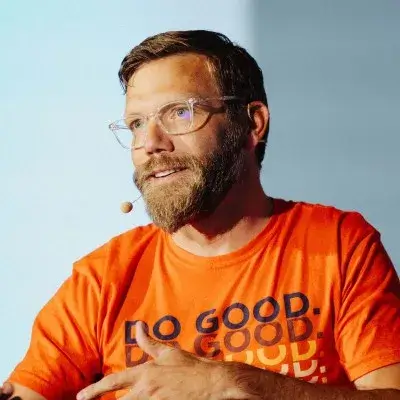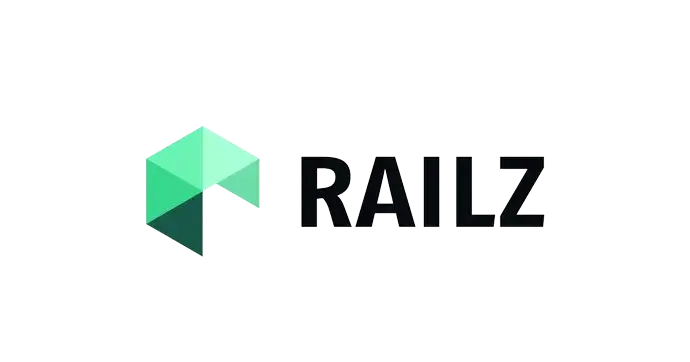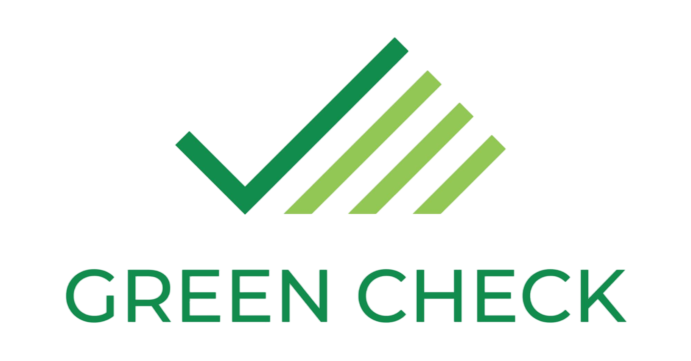Ready to launch your own podcast? Book a strategy call.
Frontlines.io | Where B2B Founders Talk GTM.
Strategic Communications Advisory For Visionary Founders
Conversation
Highlights
Building Liquidity in the Illiquid: How LODAS Markets is Transforming Alternative Investment Trading
When traditional exchange veterans spot patterns in market inefficiencies, interesting things happen. In a recent episode of Category Visionaries, LODAS Markets CEO Brian King shared how his experience building some of the world’s largest exchanges led him to tackle one of the most persistent challenges in alternative investments: liquidity.
The catalyst wasn’t market research or competitor analysis – it was watching friends and family members struggle with illiquid investments. “I had a lot of family members and friends that were trapped in illiquid investments. And in some cases, the outcome was a total nightmare. They wanted to sell, but there just was no way out,” Brian explains. This personal connection to the problem would later shape LODAS Markets’ approach to building their alternative investment marketplace.
Technology as the Missing Piece
While secondary markets for private investments aren’t new, the alternative investment space has notably lagged behind in technological advancement. “If you look back, even just three years, nothing was done with technology in this space,” Brian notes. This observation led to a crucial strategic decision: rather than following traditional manual processes, LODAS Markets would bring exchange-grade technology to alternative investment trading.
The result? “Literally, somebody can set up an account in less than five minutes. But it’s all done through technology,” Brian shares. This focus on technological efficiency hasn’t just improved the user experience – it’s fundamentally changed how financial advisors can serve their clients, creating a powerful distribution channel for the platform.
Solving the Marketplace Paradox
Every marketplace faces the chicken-and-egg problem, but LODAS Markets discovered an unexpected advantage in their buyers’ behavior. “The institutional buyers that we have, they have a very specific appetite, meaning that in many cases, they have reserved or earmarked several million dollars for a specific product or asset class,” Brian explains. This concentration of buying power created natural liquidity pools that helped attract sellers.
However, the supply side presented unique challenges. “The biggest initial hurdle that we had was being able to get supply. That means the people that are looking to sell, largely that hurdle for us was just getting people to know that we exist,” Brian reveals. The solution involved developing strategic partnerships with financial advisors who could introduce potential sellers and creating technology that made it easy for advisors to onboard their clients.
Breaking Down Market Silos
LODAS Markets’ approach to market structure reveals interesting insights about how to enter regulated markets. Rather than creating a traditional broker-dealer platform, they built an Alternative Trading System (ATS) – essentially “a stock exchange for real estate,” as Brian describes it. This infrastructure choice positions them uniquely in the market, with few direct competitors in the private real estate and private funds space.
Looking ahead, Brian sees technology breaking down the silos that currently segment the alternative investment market. “Right now, everything works kind of in a silo and so to be able to connect to other institutions through technology and we’re just on the cusp of doing that now,” he explains. This vision of technological integration could fundamentally transform how alternative investments are traded and managed.
The strategy appears to be working. With between one and two billion dollars represented on their marketplace, LODAS Markets has demonstrated significant demand for liquidity in alternative investments. As Brian notes, “The appetite for this particular asset class of alternatives is significant. It’s growing.”
For tech founders watching this space, LODAS Markets’ journey offers valuable lessons in market entry strategy: identify structural inefficiencies in regulated markets, leverage technology to remove friction points, and build distribution channels through existing industry relationships. Most importantly, it shows how focusing on solving a genuine problem – even one as complex as market liquidity – can lead to breakthrough innovations in traditional industries.
Actionable
Takeaways
Leverage Relationships:
Building a marketplace requires balancing buyer and seller interests. Leverage existing relationships, particularly with financial advisors, to attract the necessary participants.
Utilize Technology for Simplification:
Streamline processes through technology to make it easier for participants to engage with the marketplace, such as simplifying account setup to under five minutes.
Address Market Pain Points:
Identify and solve significant pain points in the market. For LODAS Markets, this meant providing liquidity to traditionally illiquid investments.
Focus on Team Building:
Surround yourself with a strong team to alleviate fears and increase the chances of success. A dedicated team is crucial for navigating challenges.
Evangelize Your Vision:
Clearly communicate your vision to stakeholders and the market. Demonstrating the long-term benefits of your marketplace can attract both investment and participation.








